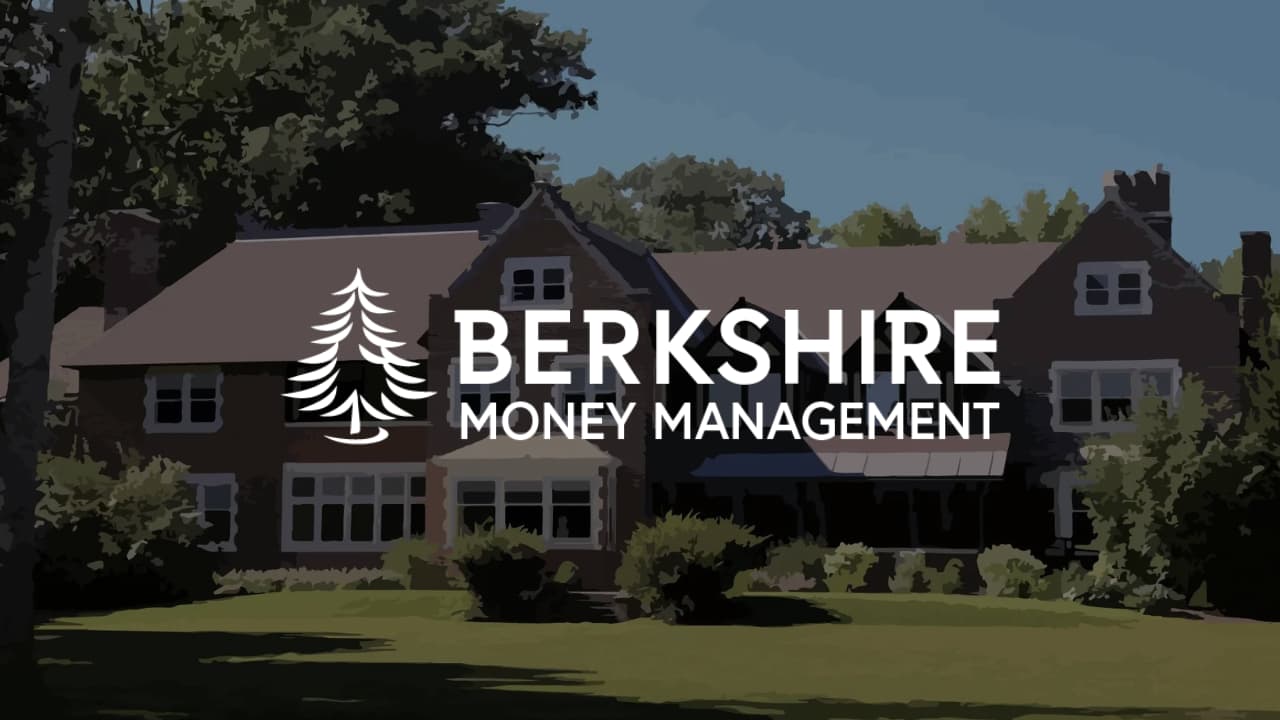All About SPACs (Special Purpose Acquisition Company)

One of the hottest trends on Wall Street today is special purpose acquisition companies or SPACS. There is hardly a day that goes by without an announcement of a new SPAC, or the acquisition and merger of a private company by one.
How do SPACs work?
It works like this. Although they are called “companies,” SPACs have no commercial operations, no sales, profits, or losses. All they have is a pile of cash. They received that money from investors in an initial public offering (IPO) with the promise that they would invest that money down the road into a private company with good prospects.
You are giving a blank check to a group of financial pros with a track record, betting that they will make good on their promises. The new SPAC usually prices its shares at $10 in the IPO, while the money raised goes into an interest-bearing count until the right target company looking to go public agrees to be acquired and merged into the SPAC. But that is no sure thing.
SPAC shareholders must vote their approval of the proposed target company. They can refuse or agree and exchange their SPAC shares into the merged company or redeem their SPAC shares at their original investment price, plus interest. There is also a deadline involved. The SPAC must come up with a suitable purchase within two years, or the SPAC is liquidated, and the money returned to investors with interest.
Initially, SPACs were conceived and marketed by Wall Street types, usually a team of institutional investors with reputations for making money in the hedge fund or private equity areas. Although the SPAC structure has been around for years, it was only used as a last resort by tiny companies that would have a difficult time going public through an IPO. The pandemic changed all that.
Many private companies that wanted to go public feared that investors would not have an appetite for new IPOs in an extremely volatile, Coronavirus-fueled market. SPACs offered an easy, fairly streamlined alternative solution. Companies could close a SPAC deal in a few months, rather than waiting as much as six months or more for SEC IPO regulatory approval. Going the traditional IPO route is expensive as well. Plus, prospective companies can negotiate their perceived public market value with the SPAC management instead of being at the mercy of their IPO investment bankers or the buying public during the roadshow.
Typically, the sponsoring SPAC receives a 20% stake in the final, merged company, which makes it a lucrative proposition for the sponsors. That payout has attracted a growing number of professionals looking to start their own SPACs. In addition, a slew of big-name CEOs and billionaires have jumped on the SPAC bandwagon, as have sports stars, singers, and others seeking to cash in on the trend.
If all this sounds like a dream come true, it is–at least for private companies that want to go public. Last year $83 billion was raised through SPACs, which was six times the amount raised in 2019, and almost equaled the total new IPO market.
Individual investors and SPACs
For the individual investor, however, it may not be such a great deal. More often than not, the track record of investing in SPACs is less than if you purchased a typical IPO. Although some SPACs do hit home runs, according to a recent Harvard study, the vast majority of post-merger SPAC share prices drop by one-third or more after the deal. The Harvard study went on to say that by the time the merger does occur, the $10 share price has a cash value of just $6.67. In this kind of transaction, it is the shareholder and not the company, that is bearing the brunt of costs. There is another and more pressing issue with SPACs. They might also be victims of their success in the future.
This army of new SPACs is already in fierce competition with traditional IPO bankers, as well as venture capitalists. They are all chasing the same dwindling supply of well-capitalized, private companies with good prospects. The temptation may be to just find companies willing to merge, despite their prospects or financial condition. In addition, the temptation to value the targeted company at a price that will win their business over the competition is a real and present danger.
Bill Schmick is registered as an investment advisor representative of Onota Partners, Inc., in the Berkshires. Bill’s forecasts and opinions are purely his own and do not necessarily represent the views of Onota Partners, Inc. (OPI). None of his commentary is or should be considered investment advice. Anyone seeking individualized investment advice should contact a qualified investment adviser. None of the information presented in this article is intended to be and should not be construed as an endorsement of OPI, Inc. or a solicitation to become a client of OPI.
Any mention of specific securities or investments is for illustrative purposes only. Adviser’s clients may or may not hold the securities discussed in their portfolios. Adviser makes no representations that any of the securities discussed have been or will be profitable.
The reader should not assume that any strategies, or specific investments discussed are employed, bought, sold or held by OPI.
Direct your inquiries to Bill at 1-413-347-2401 or e-mail him at [email protected].




